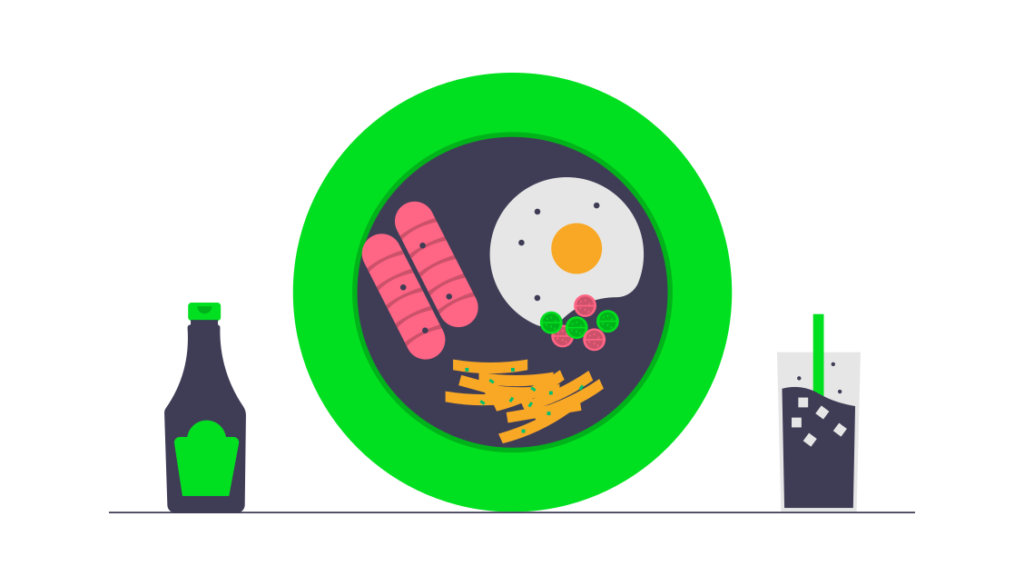When we think about how the brain develops, it may seem like common sense that development stops after childhood. We all grow up with the understanding that at around eighteen, our personality traits are set in stone, our learning ability slows down and we become ‘us’ for good.
Traditional forms of therapy are built on this view, often characterising us as doomed to repeat patterns throughout our lives. But over the past thirty years, neuroplasticity has informed modern behavioural therapy and come to transform how we understand the brain.

The most popular form of modern therapy, cognitive behavioural therapy (CBT), focuses on changing patterns of thought and behaviour through repetition – by tapping into neuroplasticity.
When we understand how neuroplasticity works, we can see that positive thinking isn’t just a buzzword. Our happiness, outlook and sense of self can change dramatically through how we choose to use our brains.
Read Now: A Happy Diet: 9 Foods Proven to Lift Your Mood
What is Neuroplasticity?
Something has plasticity when it can be bent, shaped and altered. Neuroplasticity describes the changeable nature of our brains.
The building blocks of our brains are neurons, which connect to form neural pathways. These pathways pass information around the brain, constantly firing in different combinations. A pathway grows stronger when we use it more and weaker when we use it less, much like a muscle can grow stronger or waste away.
When we feel hopeful, neurons responsible for hope fire together and bond, creating a stronger pathway. So, the more we feel hopeful, the stronger that pathway grows and the more our brain will take that well-exercised route.

Positive Thinking – Not Just a Buzzword
Positive thinking has a bad reputation with many as just a surface-level fix for problems. However, neuroplasticity and an understanding of cognitive behavioural therapy (CBT) show us that positive thinking has the right idea.
Thanks to neuroplasticity, we know that the brain can make dramatic changes at any point in our lifetime if we change our environment and what we input enough.
Thinking positive thoughts alone is unlikely to create lasting change, especially if you’re coming from a rut, or a place of feeling stuck. Instead, creating a structure to exercise your brain in this way can produce visible effects and help you to persevere.
Read Now: How to Uncover Inspiration
3 Ways to Think Positive
When done right, positive thinking can call on little-used neural pathways and form brand new connections, drastically changing our experience of life.
Here are three ways to use positive thinking and neuroplasticity.
1. Daily Gratitude
Taking time daily to cultivate gratitude is an effective and short-term way to see a meaningful shift in mindset. Daily gratitude involves spending time listing aloud or preferably writing down the things you are grateful for.
You should ideally do this once a day, either morning or night. It can include big, sweeping statements about your life, or very small things like the pen you’re writing with. Begin each sentence with “I am grateful for”, for example:
- I am grateful for the dinner I ate this evening.
- I am grateful for the sun coming out on my way home today.
- I am grateful for the people in my life.

Spending time focusing on gratitude practices framing life in a positive light. It’s less about creating a well-written list that will stand the test of time, and more about spending time actively looking for the good around us.
In time, expressing gratitude for life daily rewires the brain to place its focus on what makes us happy, rather than what’s not enough in our lives.
2. Reframing Difficult Situations
When faced with a problem, the best thing to do is to work out how to tackle it. Instead of jumping to negative dead-end conclusions, try to break down the problem at hand and perceive it in a manageable way. By doing so, the brain learns to creatively find answers and solutions.
A great way of making difficult situations more manageable is to try interpreting them in a different way. For example, instead of becoming frustrated when your route home is delayed, you could choose to focus instead on how you have more time to listen to that new podcast you’ve been meaning to tune into. Or perhaps you could take a different route home and experience something new.
The more we can adopt an optimistic approach to our everyday problems, the better. With practice, you’ll find that your brain is less likely to go down negative pathways in the future.
Read Now: How to Get Out of a Funk
3. Repeating Positive Affirmations
A positive affirmation is a phrase you can say to yourself to remind yourself of your value and ability. Positive affirmations move your thinking along a neural pathway connected to a positive feeling such as hope, self-belief or love, and strengthen these pathways.
They are both useful to repeat when you find yourself agreeing with negative thoughts about yourself, and when you are feeling confident and optimistic, in order to reinforce this outlook.
In order for an affirmation to work, the brain has to really believe it, and this means tailoring affirmations to apply to your experience rather than something generic. Here are some tips to find personal affirmations that your brain truly believes:

- List a few of your good qualities – “I am…”
- Identify a problem you are facing, what qualities are needed to tackle it, and affirm that you have those qualities – “I can…”
- Think about something you’d like to achieve – “I will…”
Read Now: How to Improve Your Productivity with Neuroplasticity
To Sum Up…
Neuroplasticity brings the wonderful knowledge that far more is possible than we thought. The science of neuroplasticity shows us an optimistic view of human nature with a real sense of opportunity.
By creating a structure around yourself that supports thinking and acting in joyful, positive ways, you can build a dynamic and happy brain able to take on any challenge.
Related Articles
- How to Tap Into Neuroplasticity in Your Daily Life
- Intentional Living: How Can it Benefit You?
- 4 Mindful Ways to Help You Live in the Moment
- 4 Effective Ways to Clear Your Mind of Stress
Need help building new habits and making a change in your lifestyle? Feel free to reach out and contact us at Ceed today!























